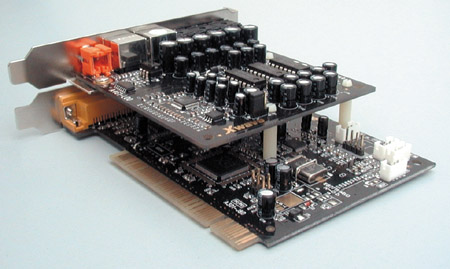Drajver Zvukovoj Karti Yamaha Ymf724 W
Contents • • • • • • • • • • Introduction [ ] For many years, the motocross world almost exclusively used two-stroke engines. Racing classes had two classes: 125 cc and 250 cc two-strokes, with no provision for four strokes. Most riders considered four-stroke engine technology to be largely utilitarian and uncompetitive, relegated solely for trail riding. In 1996, the AMA changed racing rules to allow 450 cc four strokes to compete in the same racing class as 250 cc two-strokes. Yamaha engineer Yoshiharu Nakayama first came up with the idea of creating the first competitive four-stroke race motocross bike. The Yamaha YZ400F was developed to fit into this category.
It solved the power dilemma by borrowing superbike technology and giving the YZ a five-valve head, liquid cooling and a 12.5-1 compression ratio. In 1997, Yamaha rocked the motocross world with the introduction of the YZ400M prototype, a concept motorcycle which borrowed much technology from road racing. Belorusskij sbornik recepteur i tehnologicheskih kart.
Nov 23, 2009 YZ490 YAMAHA JaysBestClips. Unsubscribe from JaysBestClips? Cannonball MX Wabash IN. 1983 Yamaha YZ490 November 2012. Yamaha Y125Z or better known as Yamaha Z (in Europe) is a 125 cc two-stroke moped or underbone motorcycle produced by Yamaha. Debuted in 1998 as a successor of Yamaha Y110SS, the Y125Z was the first two-stroke underbone motorcycle with a catalytic converter.

The YZM was far ahead of all competition among four-stroke motocross bikes. Piloted the YZ400M to its first victory in 1997 at the Las Vegas Supercross. This was the first time any four-stroke had won an AMA event. The YZ400M was the predecessor of the production YZ400F, which was released the next year. First Generation YZ400F Production 1998-2000 Predecessor 2-stroke Successor YZ426F Five-valve, 400 cc, compression ratio 12.5:1 5-speed Weight 250 lb (110 kg) () First generation: YZ400F 1998–2000 [ ] Yamaha introduced the YZ400F in production in 1998 after a successful AMA season in 1997. It was 'the first modern production four-stroke motocrosser that was directly competitive against two-strokes.' Initially, Yamaha targeted a dry weight of 233 pounds (106 kg) (on par with the 250 two-strokes of the time), but by production, the bike weighed 250 pounds.
The bike had an 11,600 rpm redline [ ] power and torque close to its 250 cc two-stroke rivals. It benefited from engine compression braking, which allowed the engine to slow the bike down during deceleration, giving the brakes a rest. The 1998 was the first bike to come stock with a FCR. In 1998, won the AMA National Motocross Championship aboard the YZF, becoming the first rider to win a championship on a four-stroke motorcycle. This victory is considered by some to be the major turning point in the motocross world—for the first time, four strokes were considered a competitive racing machine. Second generation YZ426F Production 2000-2003 Predecessor YZ400F Successor YZ450F Titanium five-valve, 426 cc, 95mm x 60.1mm stroke, compression ratio 12.5:1 5-speed Kayaba Disks 58.7 in Fuel capacity 2.1 gallons (7.95 L) Second generation: YZ426F 2001–2002 [ ] In 2000, Yamaha updated the YZ400F, increasing the displacement to 426 cc for greater power and throttle response. In addition, the carburetor and jets were updated to ease the YZ400F's starting woes.